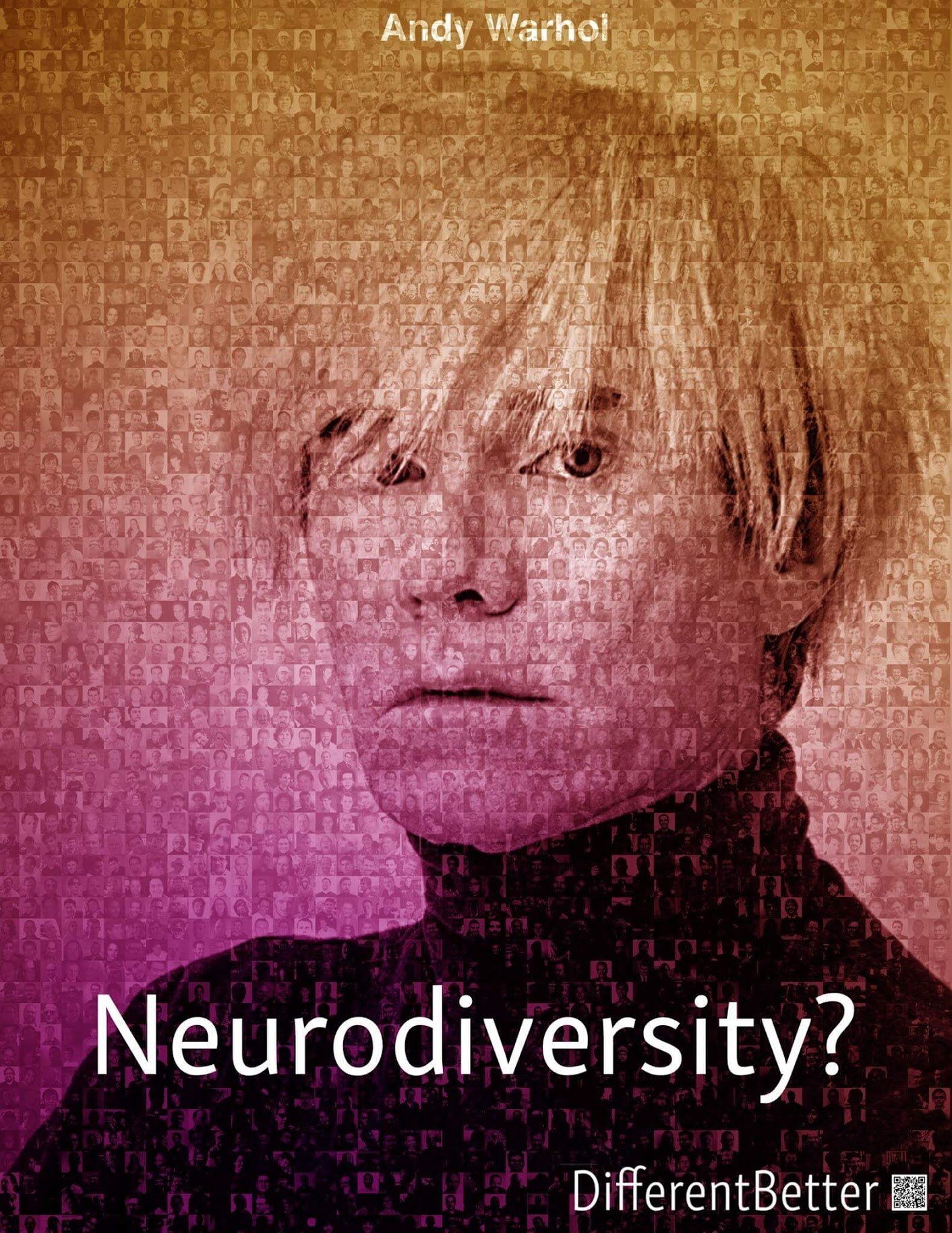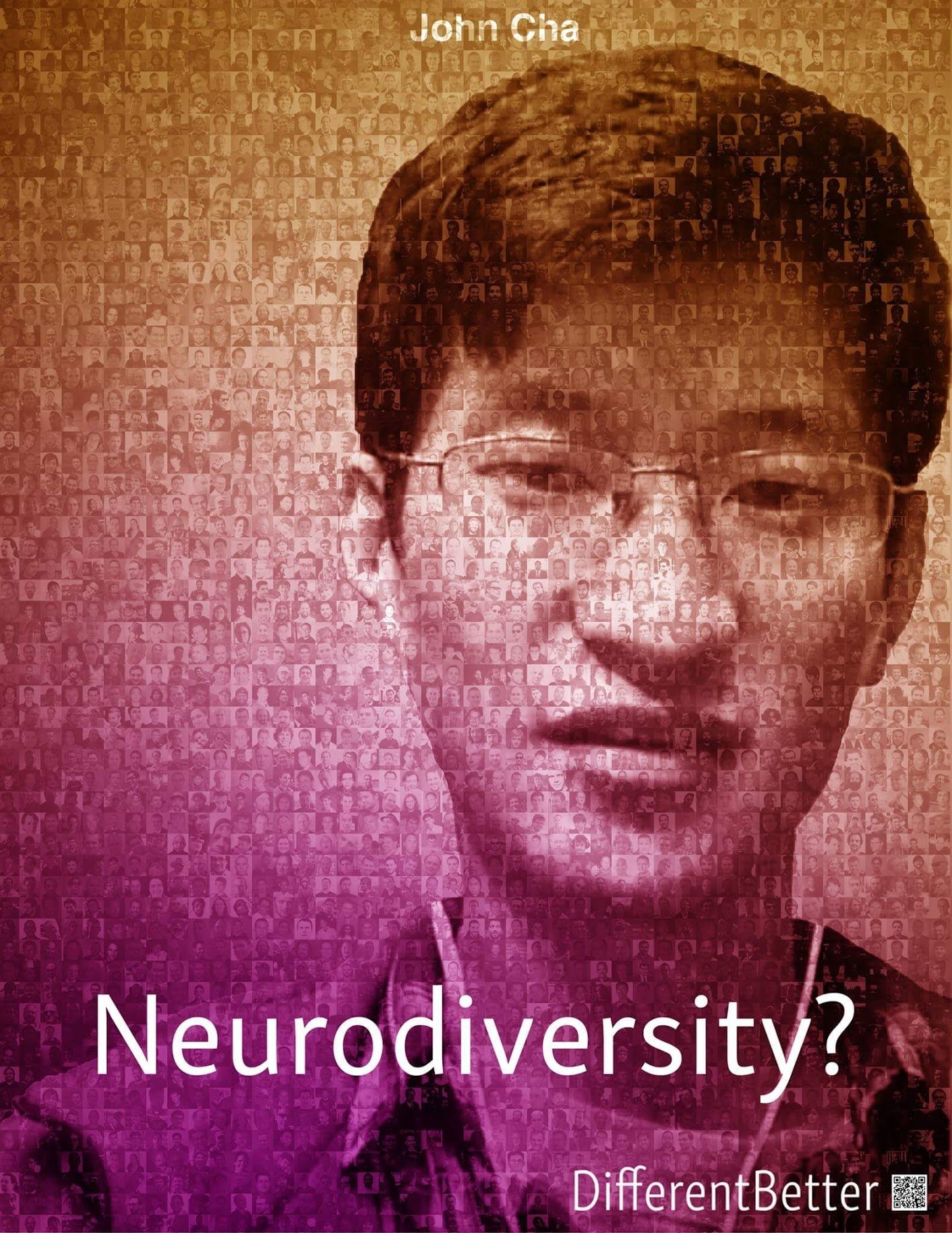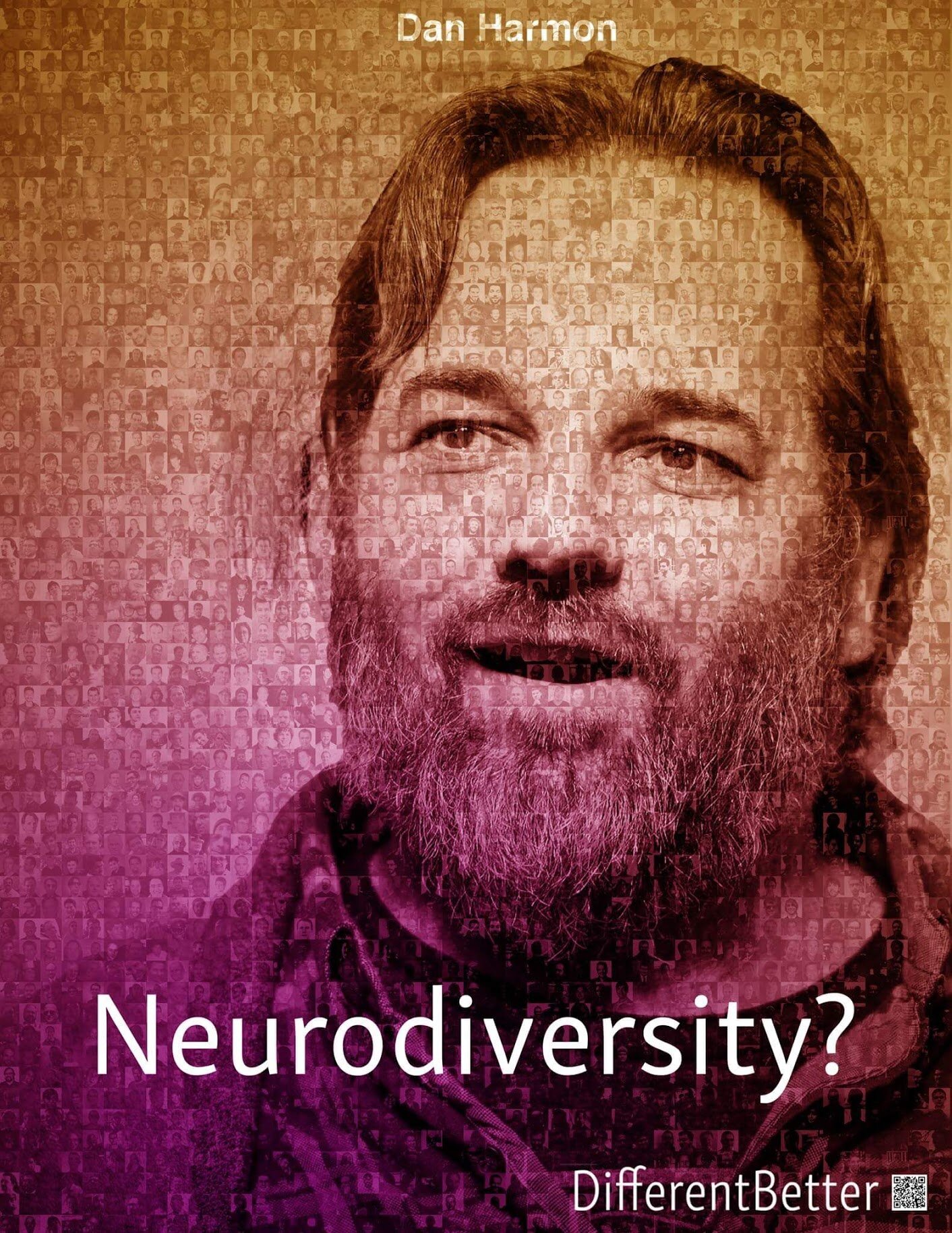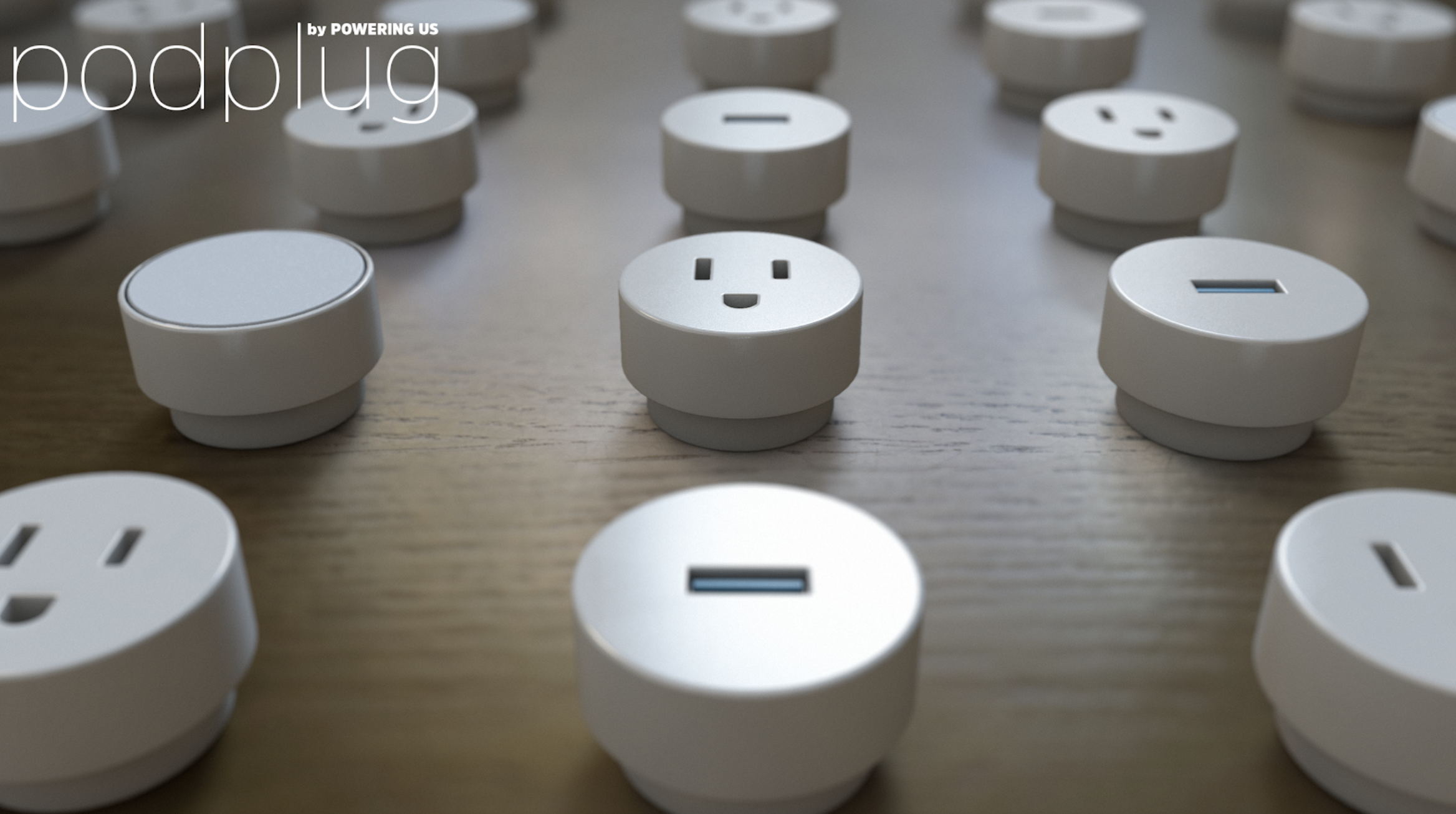
Whatever it is, the way you tell your story online can make all the difference.
Toronto Metropolitan University: Masters of Digital Media
The Master of Digital Media program at TMU was a transformative experience that fundamentally altered my approach to problem-solving. Enrolling in the program was an exhilarating opportunity to re-ignite my passion for learning and being a student. Throughout the program, I was exposed to a rich curriculum that covered various topics, including ethics in the digital age, entrepreneurship, and cutting-edge electives such as physical computing. The first semester provided a foundational understanding of the field. In contrast, the second semester focused on developing my Major Research Project (MRP) and allowed me to delve deeper into specialized areas of interest. The final semester was dedicated to completing my MRP and a reflective paper, providing a comprehensive understanding of the digital media landscape and my place within it.
School Participation
General Assistant
I was a general assistant to Ph.D. student Hanna McCabe-Bennett, where I developed a 3D VR comparison test that was used to study the disorder of compulsive hoarding. This test could be utilized as a foundation for similar avenues of research.
Artist in Residence
The following two semesters I will be the Artist in Residence at Ryerson’s DME. Working in the DME gives me the opportunity to share my experiences as a 3D artist, and allows me to access resources I can use to pursue my Major Research Project.
Research Assistant
I worked directly with Professor Michael Carter (Director of Industry relations) and Professor Jean Li (Media and Culture) to develop a virtual recreation of the Egyptian temple at el Hebih. This was the center piece of my Major Research Project.

Interdisciplinary Innovation
Interdisciplinary Innovation
Ong, Warner, Kerry, Benjamin, were the backdrop as we began focussing on our initial MRP development. I've included my MRP pitch video and creative review below. My initial direction was to focus on the development of a visual language for auteur direction for Virtual Reality. Once I started to dig into the subject I realized that this specific direction wasn’t achievable at the time.
“Gaudreault and Marion stated that the extension and inclusion of the current norms is a typical starting point for newly conceived mediums. VR follows this pattern. Rather than portraying the world like a theatrical stage, much like the films at the beginning of the 20th century, virtual reality needs to shed its inhibitions and look towards the future.”

Foundations of Digital Media
Foundations of Digital Media
Foundations looked at the ethical implications of today’s technological themes, then projecting where the paths we're currently following might take us. I've attached one of my papers that looks at automation in the fashion industry.
“The textile sector was valued at over 4.4 trillion dollars. It had yearly trade valued at more than 600 billion and was estimated to employ between 60 - 75 million workers globally. You might be shocked to know that the average worker only made 0.6 percent the cost of a shirt and pair of jeans.”




DIGITAL MEDIA ENTREPRENEURSHIP
DIGITAL MEDIA ENTREPRENEURSHIP
In this course, groups developed a product, produced a business plan, and explored marketing strategies. I developed the concept that the group decided to pursue. The idea was to create a child-proof smart outlet that uses induction to power devices.

Major Research Project
EL-HIBEH: RECONSTRUCTING THE PAST IN VIRTUAL REALITY
Virtual Archeology
The field of archaeology is constantly seeking new ways to innovate and push the boundaries of traditional methodologies. One such area of innovation is utilizing cutting-edge technologies such as photogrammetry, point cloud scans, and additive printing to document historical sites and catalogue entire museum collections. My research specifically focuses on the potential of Virtual Reality as a tool to preserve the past and construct new knowledge. As I explored the possibilities of VR in archaeology, I was faced with important questions regarding the authenticity and aura of objects and whether these qualities can be transferred from physical objects to their digital reconstructions. Additionally, I critically examine the role of decolonization in the representation of digital avatars, particularly in regard to how cultural heritage and identities are portrayed and preserved through digital means.
Final reflective paper: EL-HIBEH: RECONSTRUCTING THE PAST IN VIRTUAL REALITY
This Section is still in development.



